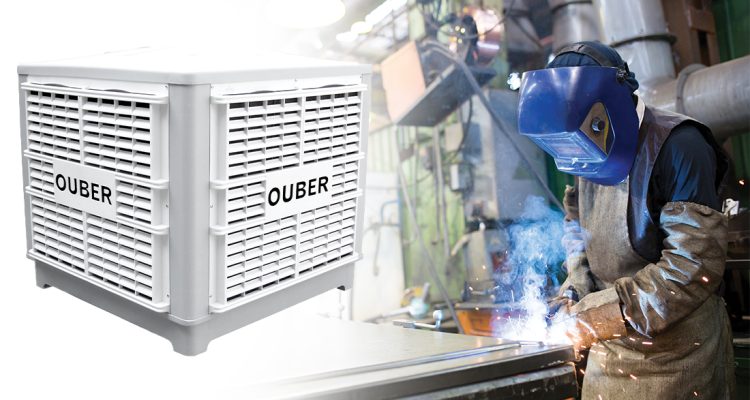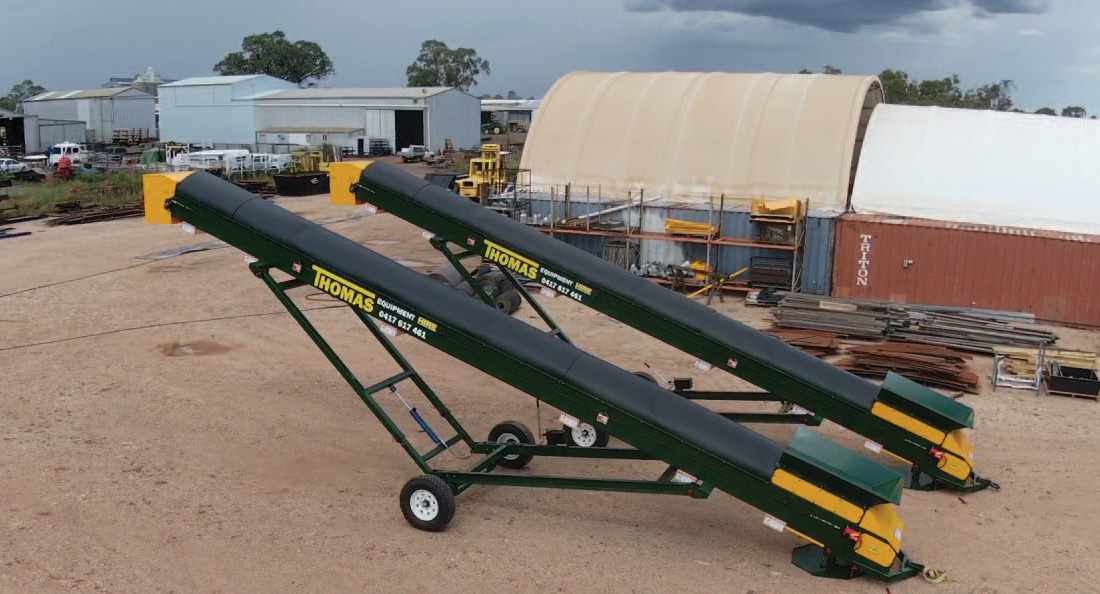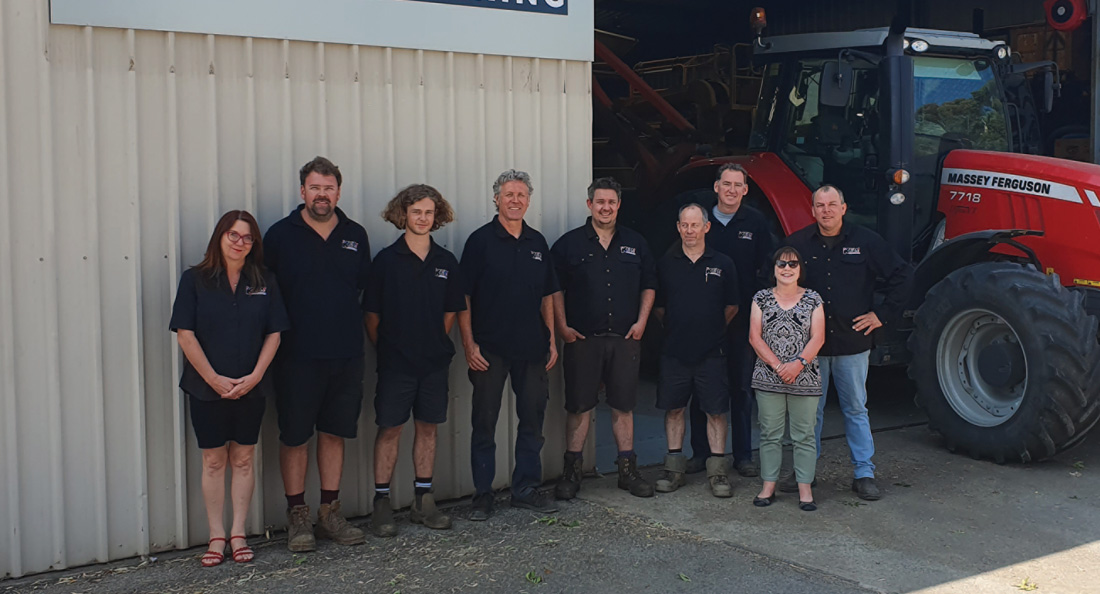As summer begins in Australia, it’s imperative that site managers consider ways to reduce heat for indoor workshops, plants and offices. This can be difficult for areas requiring constant airflow to manage ventilation risks, where windows and large roller doors may need to remain open despite the rising temperature outside.
According to Safe Work Australia, employees may suffer from heat-related illness when required to work in an overheated space for too long.1 They also state that thermal discomfort can have negative affects to overall morale and work performance, with prolonged exposure leading to fatigue, lower concentration, and an increase of absenteeism.
Further, industrial air conditioning systems can be difficult to install, and extremely costly to maintain over the warmer months. The period can bring with it dry, uncomfortably hot environments that not only compromise worker safety, but can diminish productivity rates due to exhaustion. For these reasons, it’s in every business’ best interest to implement a cost effective, fit-for-purpose workshop cooling apparatus.
Which cooling solution is right for you?
Selecting the right approach to maintaining a suitable ambient temperature depends on several key factors:
• Location and climate – A site in Northern Queensland will likely have different cooling needs to one in the Highlands of New South Wales. Humidity plays a role here too, and should be accounted for when selecting the appropriate cooling method for the space.
• Portable or fixed – Do you need to be able to move the unit around a large area throughout the day? Or would the building benefit from a constant, even distribution of airflow?
• Present hazards – Depending on the type of work being done in the space, it may generate airborne contaminants such as dust, sparks, or fumes. This may call for strategically zoned cooling units that don’t contribute to contaminant dispersal.
• Size of the space and number of workers – this will determine the scale of cooling solution required in the area. If there are only two people to a confined office, one smaller unit may suffice, whereas a more spread-out team calls for something more substantial.
In large, open workspaces with low to medium humidity, Motion Australia recommends opting for an evaporative cooler, which can be wall or roofmounted or moved around with ease with the portable range.
Backed by years of customer-informed research and development, the OUBER by Fanmaster Industrial Down Draft Axial Cooler introduces fresh cool air and circulates existing air within the workspace, harnessing evaporative cooling to reduce temperatures by up to 7°C. Available exclusively through Fanmaster in Australia, these innovative units consume relatively low rates of power and offer a great alternative to wired air conditioning systems.
Operating at a fraction of the cost of standard air coolers, they can be easily topped up with water via regular hose and controlled by a user-friendly control panel. Not only are they affordable to install, they also produce fewer emissions than air conditioning products which can assist businesses towards achieving sustainability targets.
Why Eddie the Engineer loves OUBER!
• Offers a high rate of air flow for semi-open spaces
• Features a down draft air outlet & can cool an area up to 150m2
• Operates with low noise emission
• 25L tank capacity & plumbed in for continuous water supply
• Convenient wall mount LCD control panel
• Runs on low power consumption of 1.1kW, 240v
For more information, and to explore Fanmaster’s entire cooling, heating, ventilation and extraction range, speak to a Motion Australia representative today.
Reference:
- https://www.safeworkaustralia.gov.au/safety-topic/hazards/working-heat




